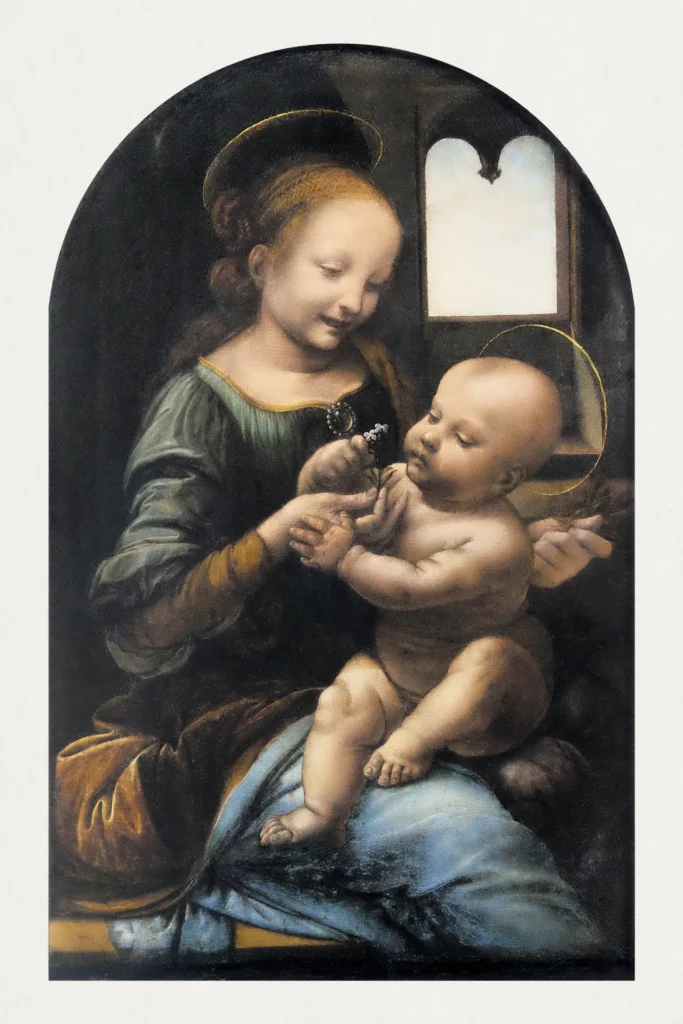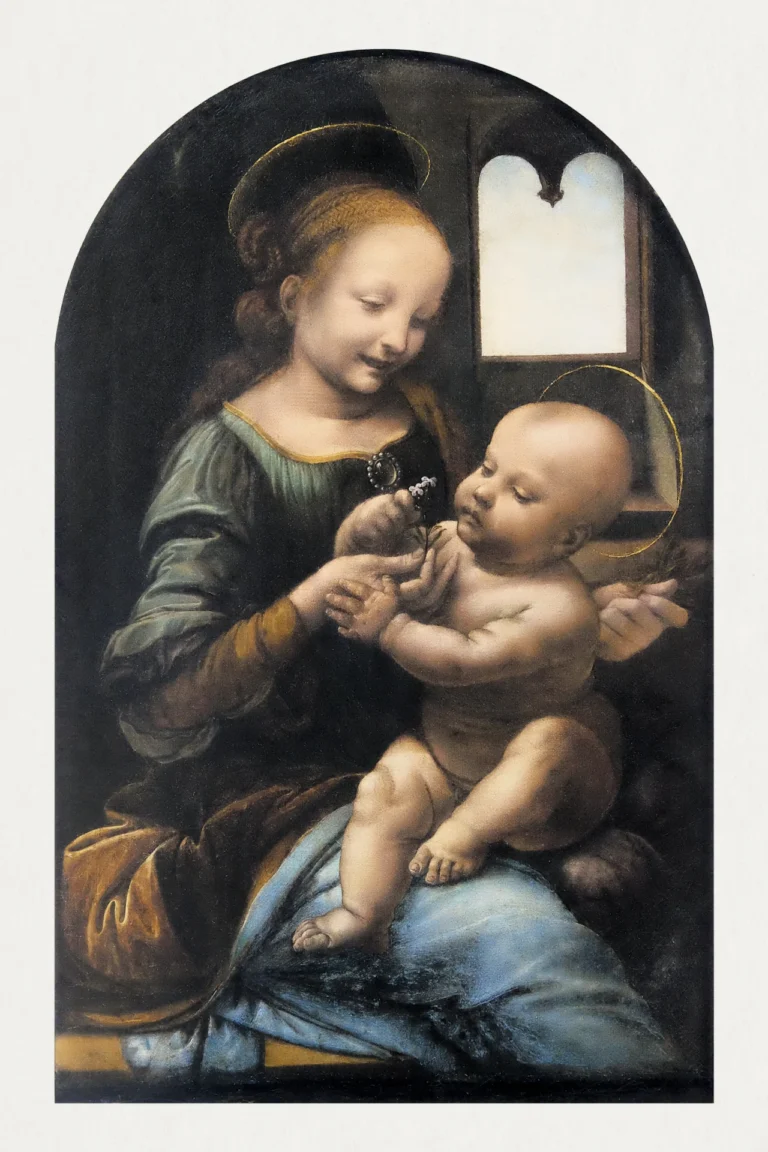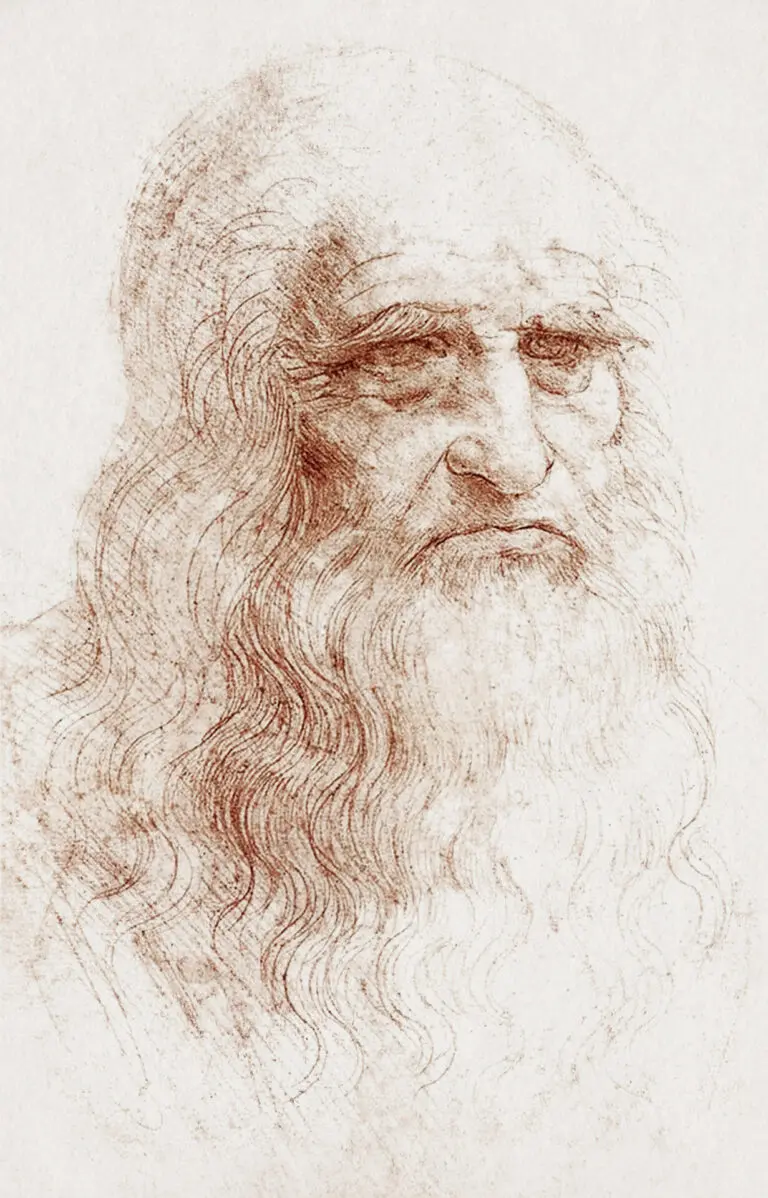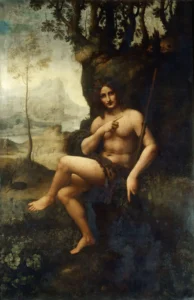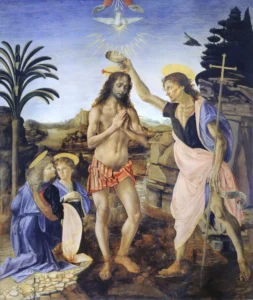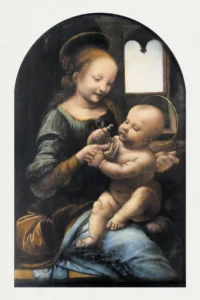Benois Madonna (1478)
The Benois Madonna, also known as Madonna and Child with Flowers, is a captivating painting attributed to Leonardo da Vinci. Created between 1478 and 1480, this artwork depicts the Virgin Mary lovingly holding her son, the Christ Child, who reaches towards a cruciform flower, a poignant symbol of his future Passion. Leonardo's brilliant use of chiaroscuro brings depth and realism to the figures, emphasized by delicate gilded haloes. The dark backdrop and double-arched window hint at a world beyond, enhancing the intimate bond shared between mother and child. This piece reflects Da Vinci's early artistic concerns with perspective, light, and emotion.
1478 - 1480
About the Artwork
Emerging from the depths of the Renaissance, the Benois Madonna is believed to be one of Leonardo da Vinci's early independent works, painted during a pivotal point in his career as he moved away from the influence of his master Andrea del Verrocchio. Discovered in 1909, the painting's journey led it to the Hermitage Museum, where it remains a treasured artifact. Despite debates over its attribution, many experts regard it as a definitive example of Leonardo's genius, showcasing not only his technical skills but also a deep emotional understanding. The interaction between Mary and Jesus symbolizes divine love and the sacrifice that lay ahead, captured tenderly in rich colors and intricate details. It serves as a narrative of maternal affection entwined with the weight of future destiny, making it a crucial piece for understanding Leonardo's artistic evolution.
Did You Know
The Benois Madonna has faced discussions over its attribution. While widely accepted as a work of Leonardo da Vinci, some critics have raised doubts regarding certain elements, arguing that it may reflect the collective influence of the workshop rather than the master’s hand alone.
In 1914, the Benois Madonna was acquired by the Hermitage Museum from the collection of Leon Benois. This acquisition marked a significant moment, as the painting had been hidden away in private collections for years before being exhibited in a prominent institution.
The cruciform flower that the Christ Child reaches for holds profound symbolism in the painting. It foreshadows Christ’s future suffering and sacrifice, highlighting Leonardo’s penchant for infusing his works with layered meanings and religious significance.




